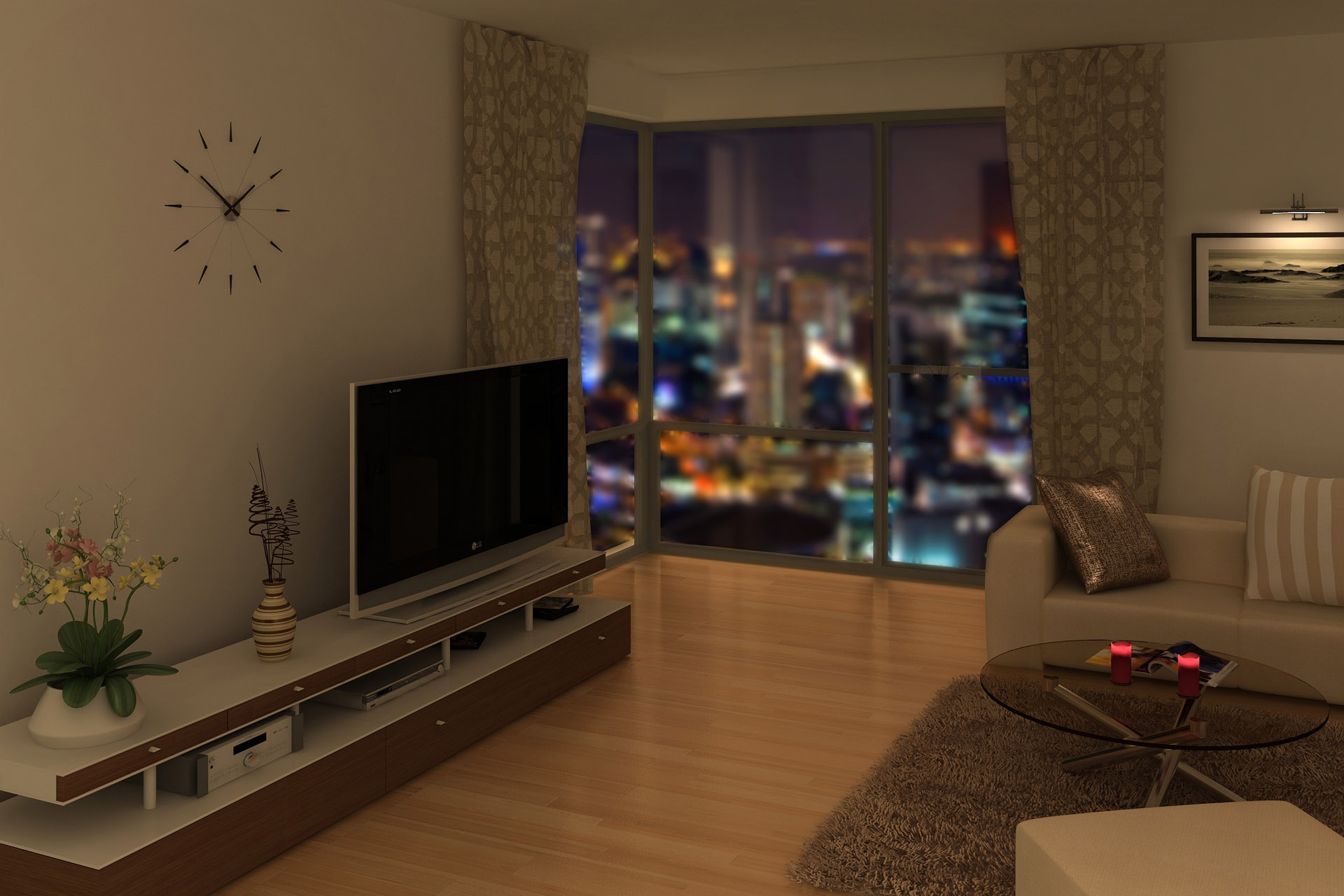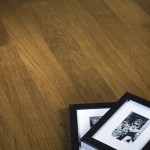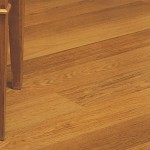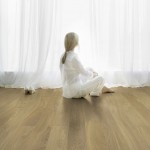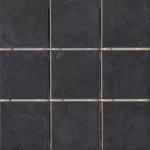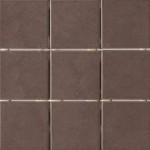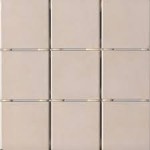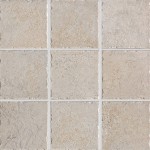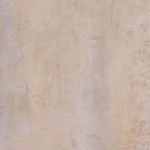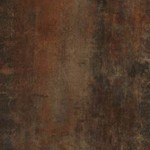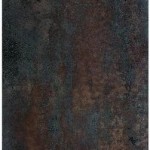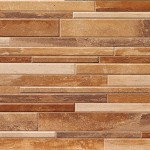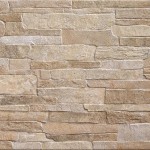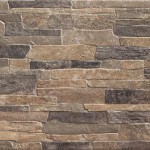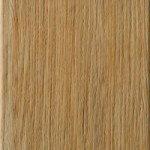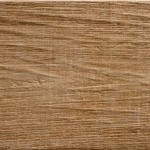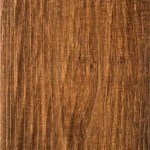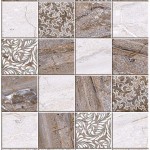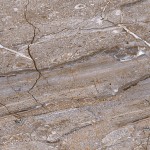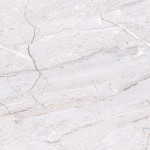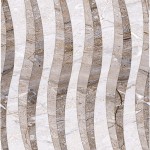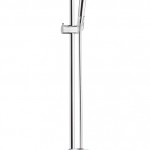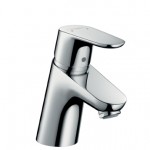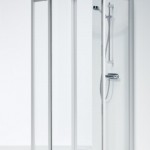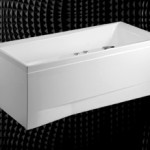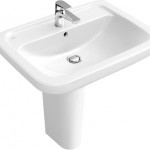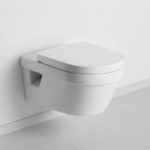Architectural solution
The area to be built up is situated on the border of the city centre, between Järvevana tee and Pärnu mnt, on the former territory of the dairy industry Tere AS (formerly known as Tallinna Piimatööstus). The two tower blocks, the business premises at Lelle 22 and the office-residential building at Lelle 24, are interconnected by a gallery located in the plane of the second storey [the ground floor counts as the first storey], on which a resting zone and children’s playgrounds have been planned, and an underground two-storey car park.
The designed tower block is located deeper inside the lot compared to other buildings drawn up in the detailed plan, thus it is further away from the noisy Järvevana tee. The main volume of the tower block is a cuboid stretching from the north-east to the south-west. Thanks to this orientation, good lighting conditions are guaranteed in all rooms of the building drawn up in the plan, whether residential or office.
The lower, two-storey volume stretches toward Pärnu mnt up to the border of the property. The plane of the second storey of the building is connected to the second storey of the building at Lelle 22 over the street passing through the parking building, thus creating an ensemble of buildings located on two properties.
The requirements of the detailed plan have been followed in the placement of the building on the lot. At the same time, the possibility to build two additional tower blocks on the lot in the future has been retained.
Lelle 22 is a 14-storey office block. The facade of the office block has been designed to consist of two parts – the slanting facade open towards Järvevana tee and the facades adjoining it have been planned as structural glass walls. The other facades of the building are covered with composite plates, thus forming an integrated whole with the residential-office building at Lelle 24.
Lelle 24 is a 16-storey office and residential block. The residential-office block has been designed with a view to harmonising it with the environment and the urban context planned for the area.
The ground floor of the residential-office block is intended for office space and a presentable vestibule with two entrances. The storeys from the second to the ninth are planned for office space. However, the storeys from the tenth to the top one are intended for apartments, including luxurious apartments with spacious terraces on the last two storeys.
Traffic arrangement
Two new areas for traffic will be partly constructed pursuant to the detailed plan: Lelle Street and Piima Street. Lelle Street will be built between Pärnu mnt and Kohila Street (with an exit to Järvevana tee) and Piima Street between Pärnu mnt and Lelle Street. A junction with traffic lights will be built at the intersection of Piima St and Pärnu mnt.
In the current implementation phase of the detailed plan, the section of Lelle Street up to the plot of Lelle 24 (included) and the section of Piima Street up to the plot of Piima 4 (included) will be built. The aforementioned streets will be linked with a traffic area running below Lelle 24 and the parking house (Piima 4) that is constructed in the same construction stage.
The architect of the buildings is Ignar Fjuk.
The energy efficiency class of the buildings is B.
Frame of the building
The structural frame of the apartment building consists mainly of precast reinforced concrete elements. Three-layered panels with 150 mm of insulation in between form the external wall.
The external walls will be covered with composite plates.
The floors are made of 265 mm thick prefabricated hollow-core slabs, the sound insulation layer is formed of polystyrene foam that is 50 mm thick, on top of which a concrete screed layer of 50–70 mm is cast.
The load-bearing internal walls are made of 180 mm thick reinforced concrete panels. The non-load bearing walls between the apartments are made of Aeroc blocks (Classic or Element line) 150 mm / clearance 20 mm / mineral wool 30 mm / Aeroc 100 mm.
The partition walls within the apartments are made of double plasterboards on a metal structure, the infilling is mineral wool (66 mm).
Roof
The roof construction consists of hollow-core slabs (265 mm), which will be covered with a vapour barrier; the insulation is 250 mm thick and the roofing on top will be of styrene-butadiene-styrene (SBS).
Stairs
The stairs inside the buildings are made of precast reinforced concrete and covered with a dust barrier.
Doors and windows
Wood-aluminium windows, with a triple sealed glazing unit, opening according to the design.
The main exterior doors of the residential buildings are aluminium, with a sealed glazing unit.
Technical rooms have metal doors.
The exterior doors of the apartments are veneered, soundproof (55 dB) and fireproof (EI 30) wooden doors.
The internal doors of the apartments are oak veneered flush doors inside a wooden construction. The doors can be ordered with the same colour scheme as the parquet floors offered in standard solutions.
Ceilings
The ceilings of the staircases are made of surfaced reinforced concrete; the ceilings of hallways are finished and covered with suspended plasterboard ceilings.
The ceilings of the apartments are floors made of hollow-core slabs. The ceilings have finished joints and are painted white. The sections of the apartment ceilings where communications (venting pipes, cables etc.) are found feature plaster screens. Alternatively, the ceiling is lowered below the panels and receives a finish.
Sanitary rooms have white suspended plasterboard ceilings.
The height of the ceiling on a typical storey is 2.7 m.
The height of the ceiling on storeys 15 and 16 is 3.1 m.
Floors
The floors of technical rooms are made of concrete and covered with a dust barrier.
The floors of public rooms in the building will be covered with tiles.
Apartment floors are covered with a choice of natural oak timber parquet flooring that is 14 mm thick and is mounted without fastening. The skirting is 58 mm high and has natural veneer that matches the tone of the parquet.
The floors of sanitary rooms are covered with a choice of tiles. The floors in moist rooms are equipped with electric heating.
The floors of the economy kitchens are covered with a choice of tiles.
The floors of the hallways are covered with tiles.
Product line: Metallica
Size of wall tiles 30×60
Floor tile 10×10
Product line: Natural
Size of wall tiles 40×57
Floor tile 19×57
Product line: Alaska
Size of wall tiles 25×37,5
Floor tile 25×25
Walls
The walls of the staircases and hallways will be painted in bright colours. The walls of other rooms in the apartment will be painted in bright colours – the tones can be selected from type A ground colours. The walls of the sanitary installations of the apartments will be covered with a choice of tiles.
Sanitary equipment
Villeroy & Boch, Omnia line wall-mounted toilet bowl and washbasin (600 × 480) with a stand
Hansgrohe Focus E2 faucets and shower riser rail
Balteco Primo bath
IFÖ Solid shower enclosure (no base)
Terraces
The terraces are covered with boarding.
Elevators
Three Kone EcoSpace or similar elevators.
Technical systems
Heating
The building will be heated via a central heating system based on district heating from the building’s heating unit.
The ducts of the heating system are installed in the shafts of the building. The radiator distribution manifold is placed inside the floor construction.
The heating elements are radiators made of sheet steel, the bathrooms have heated floors.
The apartments do not have separate heating gauges.
Ventilation
According to designs, each apartment will have a separate mechanical inlet-outflow system. The ventilation assemblies are equipped with high-efficiency (80%) countercurrent plate heat exchangers. The units have electrical heating coils.
As a rule, the ventilation assemblies are located in sanitary rooms.
Water, sewage
Water is heated by boilers located in the boiler room.
Each apartment has separate water meters for cold and hot water; these are located behind the suspended ceiling. The meters are remotely readable.
Based on the apartment design, connections for a washing machine are located in the sanitary room or the utility kitchen.
Electrical installation
Suspended plasterboard ceilings with light fittings have been installed in the sanitary rooms and hallways.
The rooms have cabling for lighting, which will be installed by the apartment owners.
Sockets and switches: Sedna line by Schneider.
The power meters are located on the first storey in a separate distribution room.
The apartments have flush switchboards.
The sockets are located according to the design.
The apartments have video-phone systems for monitoring the exterior door and cabling for a security alarm system.
Cabling for telephone and data communication: Cat 6.
